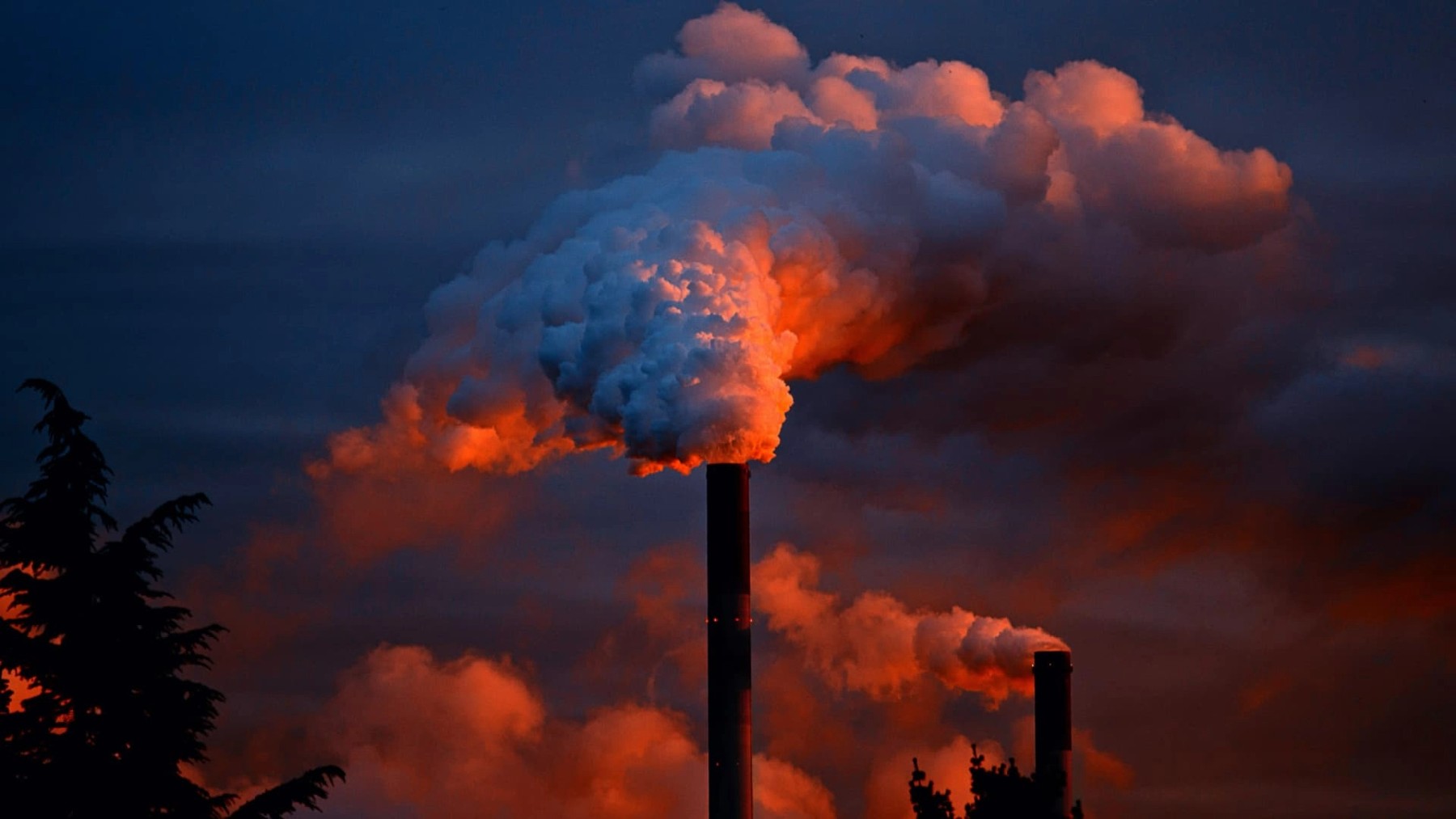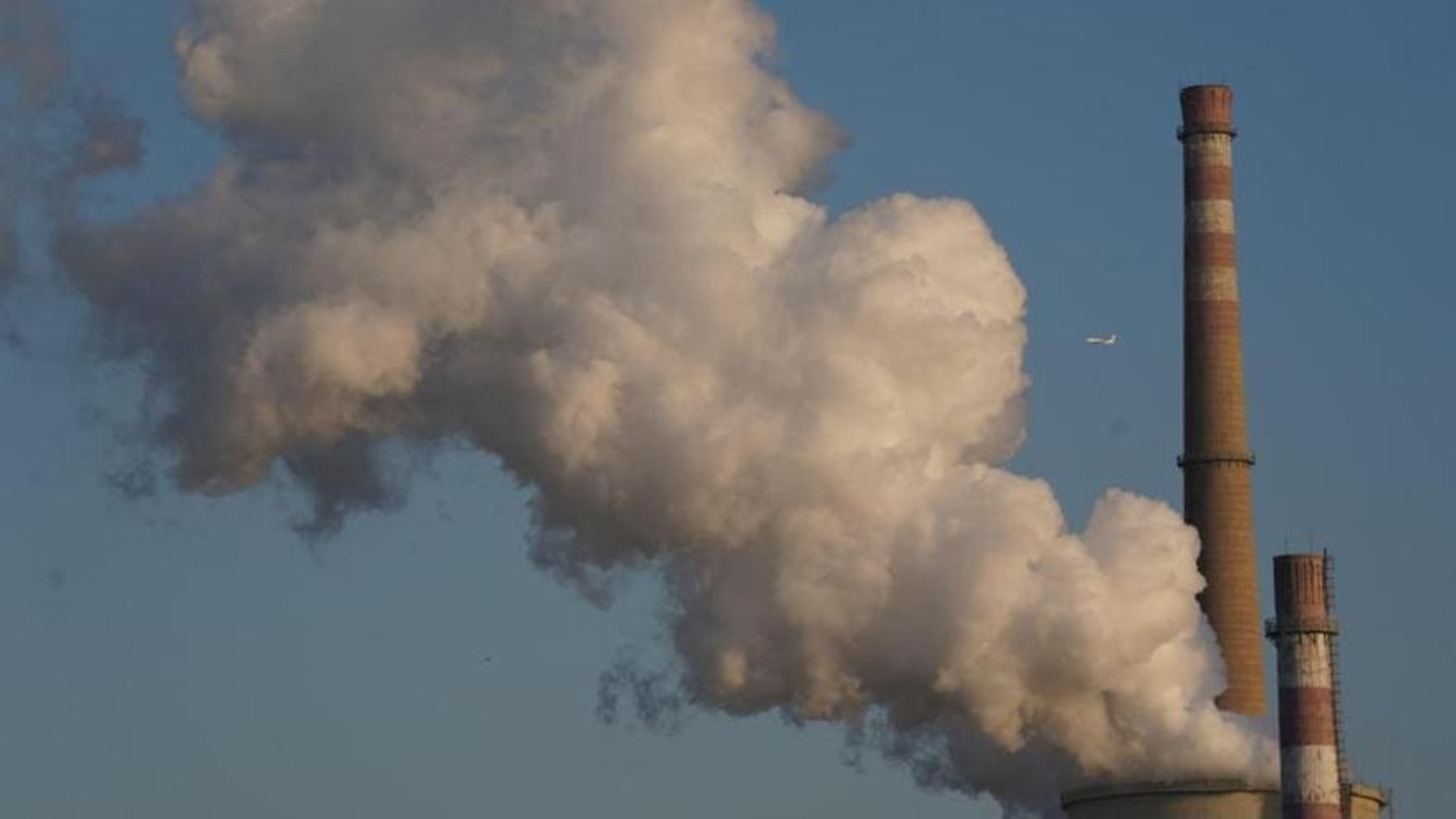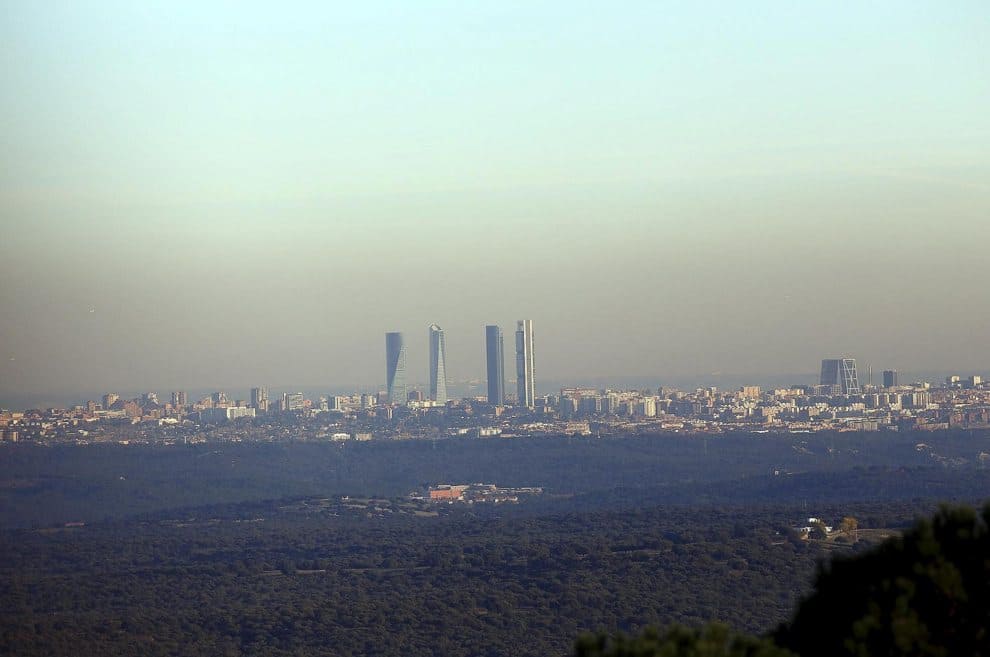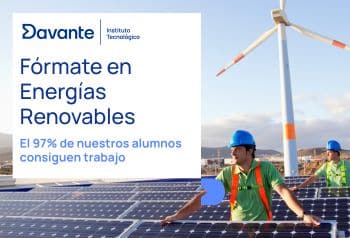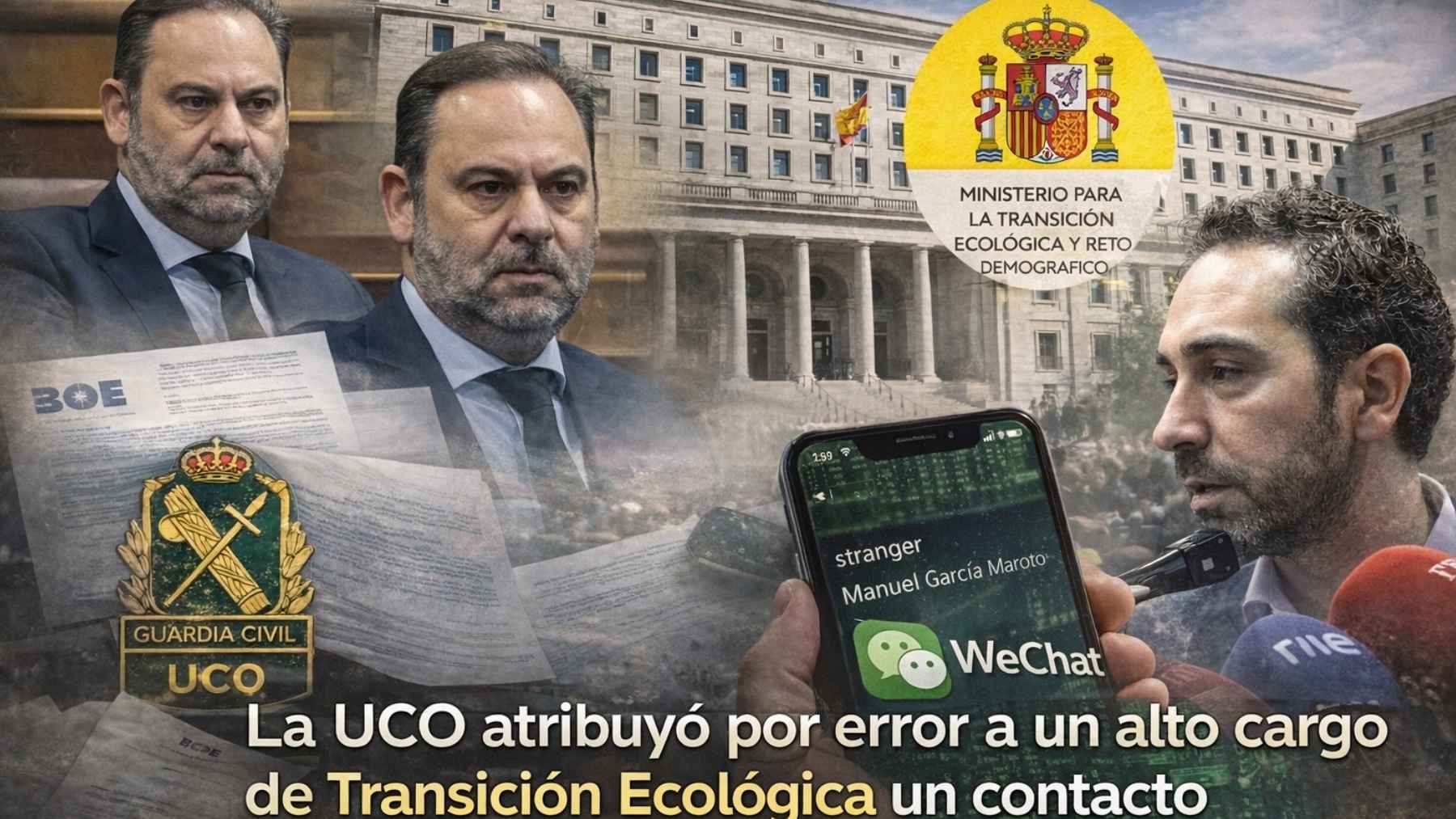Arnulf Grubler and Keywan Riahi compared historical and current government spending on research and development of 28 member countries of the International Energy Agency. They discovered that although energy efficiency can reduce as much as 50 percent of greenhouse gas emissions, investment in research has been less than 10 percent of the overall public sector research and development budget in the countries under the agency.
In contrast, nuclear energy has received some 50 percent of the total public investment even though it can only reduce less than 10 percent of emissions.
«Current investments in energy technology research and development by the public sector, in all industrialized countries, are heavily biased in favor of nuclear energy, to the detriment of energy efficiency research,» says Dr. Riahi.
The study concludes that greenhouse gas emission reduction targets are unlikely to be met unless current spending on research is directed to the development of new and efficient clean energy technologies.
The researchers also emphasized the need for incentives and consistent policy frameworks to help cultivate research in the laboratory and eventually bring clean energy technologies to market.
«The drastic emission cuts required to limit climate change will only be possible if we can achieve a major a transformation of the energy system,» said Dr. Grubler.
«This will require the adoption of a range of policies and measures beyond an expanded and restructured energy technology research and development portfolio to include incentives for niche market applications and the large-scale deployment of climate-friendly technologies,» he continued.
Dr. Grubler and Dr. Riahi estimated that based on current investments, a fivefold increase in investments in energy efficiency research is needed to address biases in spending. Among the greenhouse gas mitigation options they have proposed, such as renewable energy and carbon capture and sequestration, energy efficiency was at front and center.
The pair’s findings on public investments on energy research and development were similar to that of the private sector investments. Both were observed to prioritize costly large-scale energy technology investments over comparatively cheaper energy efficiency options.




